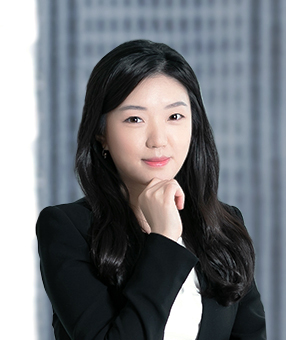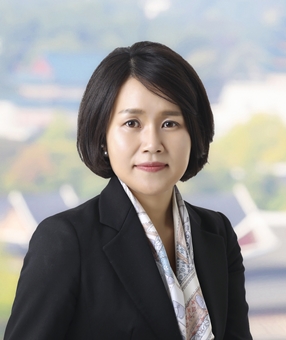In a significant recent decision, the Korean Supreme Court reversed a Patent Court decision upholding a Final Rejection of a patent application on a crystalline form of a known macrolide compound, and in doing so established new criteria for assessing the inventiveness of polymorph inventions that take greater account of difficulties in deriving their constitutional elements.
Prior strict inventiveness standard
In 2011, the Supreme Court issued a decision that created a strict inventiveness standard specific to polymorph inventions and effectively raised the bar for patentability, in which it determined:
- Investigation of a pharmaceutical compound's crystalline polymorphism is a routine and conventional part of product formulation and optimization that would be regularly conducted by a person skilled in the art.
- Therefore, if a polymorph invention differs from a previously known compound only with respect to its crystalline structure, inventiveness can only be recognized if the polymorph exhibits qualitatively different or quantitatively remarkable effects compared to the previously known compound.
This decision has led in practice to crystalline form inventions being routinely found to lack constitutional difficulty (i.e., that the elements of the crystalline form invention would not have been difficult to conceive/implement in view of the prior art) due to being considered merely a part of routine formulation or optimization processes. As a result, until now the inventiveness of polymorph inventions in Korea has depended on whether they could be proven to have qualitatively different or quantitatively remarkable effects over the prior art. However, in many cases, any effects conferred by a polymorph form have been deemed conventional and inherent properties of the polymorph itself. This unique treatment of polymorph inventions in Korea has resulted in a stricter patentability standard for this type of invention compared to other major jurisdictions.
The present case and the Supreme Court's revised standard
The Korean Intellectual Property Office (KIPO) originally issued a Final Rejection of the patent application in this case which claimed a crystalline form of a macrolide compound (i.e., a Form I polymorph), on the basis of a prior art reference disclosing the macrolide compound but not any of its polymorphs, and the Final Rejection was upheld by both the Intellectual Property Trial and Appeal Board (IPTAB) and the Patent Court in subsequent appeals by the applicant.
Applying the previous inventiveness standard for polymorphs, the Patent Court held that the claimed crystalline form easily could have been derived as part of a conventional screening process for product formulation and optimization, and ruled that there would have been no difficulty in deriving the invention's constitutional elements. The Patent Court also concluded that although the claimed crystalline form possessed high stability and low hygroscopicity, these were merely conventional properties which are generally sought in formulation optimization, and therefore the claimed crystalline form did not show any qualitatively different or quantitatively remarkable effects.
On March 31, 2022, the Supreme Court reversed the Patent Court decision, and clarified that a crystalline form should not be deemed readily achievable solely based on the existence of conventional polymorph screening in the drug field. Instead, the Supreme Court identified the following factors for determining whether a polymorph invention involves constitutional difficulty:
1. Whether the prior art compound would have been known or expected to exhibit polymorphism
2. Whether the prior art disclosed any teachings, suggestions, or motivations to develop the claimed crystalline form
3. Whether the claimed crystalline form could have been screened from the prior art using conventional methods
4. Whether the claimed crystalline form has unexpectedly advantageous effects
Applying these factors, the Supreme Court concluded that the mere disclosure of the compound itself in the prior art did not suggest the claimed specific crystalline form, much less the existence of any other polymorphs (factors 1 and 2), and that it was unclear whether the claimed crystalline form could have been derived from the prior art compound through conventional polymorph screening methods (factor 3) with the expectation of achieving the properties exhibited by the claimed crystalline form (factor 4), and thereby recognized that there would have been difficulty in deriving the constitutional elements of the claimed crystalline form.
Implications for future polymorph cases
As explained above, the previous inventiveness standard for polymorph inventions resulted in numerous cases of polymorph inventions being denied inventiveness based on prior art that merely disclosed the general compound itself without any reference to crystalline forms. The Supreme Court's new decision makes clear that constitutional difficulty in deriving a polymorph from the prior art must now be considered when evaluating inventiveness, which is consistent with inventiveness standards for inventions in general.
Taken together with the Supreme Court's decision last year in the Eliquis case (which took a similar approach to redefining the patentability standards for selection inventions), the Supreme Court appears to be moving away from having different standards for particular types of inventions, and instead developing an approach that is more consistent with general patentability standards and the practices of other major patent jurisdictions. This is likely to be seen as a welcome development for all patentees in Korea, but especially for developers of innovative drugs.
Related Topics







